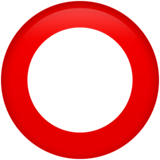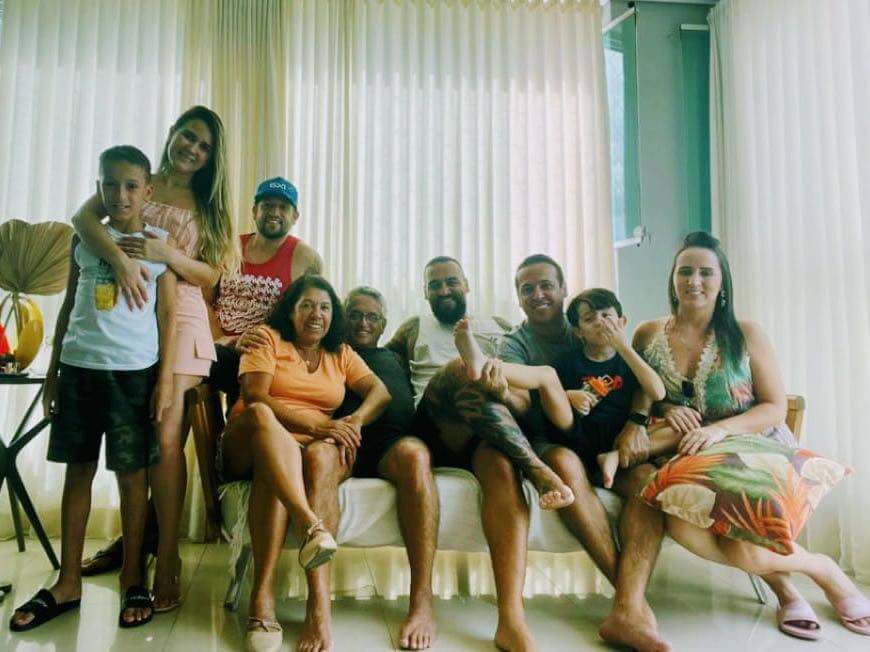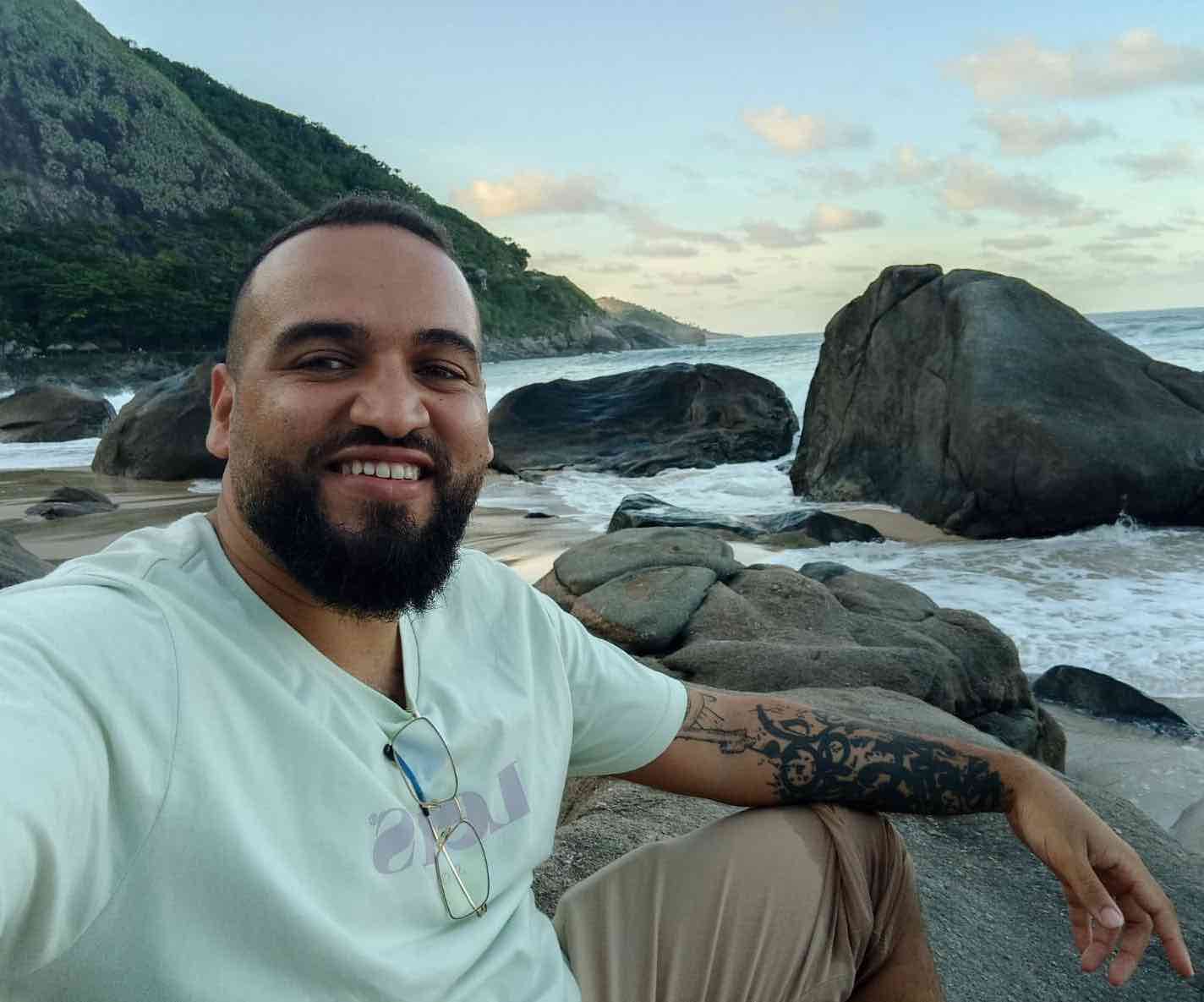From Sales Consultant to Senior Service Designer, Thiago will not only inspire you with his journey, but also kindle your passion for Service Design.

Have you ever wondered about the people behind the scenes doing the challenging but important work of service design within organizations? What’s it really like to be a service design professional on the inside, where implementation, politics, middle management, and conflicting interests come into play?
In this series, we’re excited to bring you up close and personal with members of the ⭕️ Circle community to learn about who they are, what they do, and what drives them to make a difference. Through their stories, we hope to give you a better sense of what it’s like to be on the inside, and inspire you to take the leap or steer clear.
Join us as we chat with Thiago Lacerda, a Senior service designer based in Brazil 🇧🇷 .

The service design dream team you wish you had around you each and every day. Now available inside the Circle community!
➜ Learn moreBackground
How did you first discover service design, and what inspired you to pursue it?
I was working as a sales consultant and got interested in project management. A friend of mine was selling a design thinking bootcamp and I decided to buy it. After that, I fell in love with design. Fast forward a couple of months, and I was in São Paulo doing a 4-month specialization on design thinking. From there, I got the opportunity to learn about service design.
I had a few reasons that inspired me to choose service design:
- In the beginning, I saw a huge market opportunity regarding service design. Service design has a way of working that most companies in Brazil weren’t used to, and every time I showed them a bit of it, they would fall in love. So, I understood that the market would demand a “service design way of working.”
- For me, it was a way to manage the creation of assertive solutions for clients;
- Service design needs to have intelligent and deep discussions, and I love it! I also love the openness to be creative and think out of the box;
- As I have almost no UI skills, I had to put all my efforts into my strengths. Facilitation wasn’t a strength at that time, but it was a “low-hanging fruit”. So I deep-dived into it and fell in love. This helped to move towards service design and strategic design.
What’s your favorite way to unwind after a long day of work?

What’s the best piece of advice you’ve ever received?
“A good facilitator, is a prepared facilitator”, and “Which question do you want to answer?“
These two sentences, in a way, summarize my career as a designer. Sometimes it gets blurred with my anxiety, but over-preparing for facilitation sessions made me facilitate very good sessions that opened many doors for me, and I also learned a lot about the craft itself.
Regarding the advice about the question I want to answer… this advice helped me to go back a few steps sometimes or go slower and think about why I’m doing something. Most of the time, it prevents me from wandering randomly and it helps me to go straight to the main point.
What’s a hidden talent that you have that others may not know about?
I can speak intermediate/advanced Mandarin! Haha. This is a “hidden superpower” I have, and when I always remember about it, I get mesmerized, haha.
This usually happens randomly during daily life… watching a movie, going to a Chinese restaurant, listening to Chinese/Taiwanese people talking on the street, etc. Sometimes, I like to surprise Chinese/Taiwanese people by just starting to talk in Mandarin with them, haha.
In-house

Can you tell us about how you ended up in your current role?
Not only was service design a new field, but the facilitation skills for companies and the design ops area were also new fields, even for designers. So, I saw an opportunity to be at the vanguard of a niche that is growing here in Brazil and decided to go all in on it.
Can you share some of the differences you have experienced working in-house versus on the agency side of service design? What do you think are the benefits and challenges of each?
Working in-house is much more needed to deal with cooperative politics and deal with the continuous improvement of solutions while being on the agency side for me had less politics involved and more new initiatives and punctual improvements on solutions;
How do you approach working with cross-functional teams and stakeholders who may not have a background in design? What strategies have worked well for you in the past?
Usually, I try to align with everyone what we are doing by structuring a simple, visual, and low-effort strategic mapping considering the objective of our work, the context information, and the limitations we have. If possible, I also map the main questions and actions we have in mind.
By doing this, I can already bring everyone to the same line of thought so we can discuss together what we may do next. If the next step is “design” or not, it depends on the context and what we decide at the moment.
Wins & failures
Can you tell us about a (service design) project that you are particularly proud of? What made it stand out for you?
Unfortunately, I can’t talk much about it, but I led the building and maintenance of an internal service around design maturity for a large company from the financial market once.
Based on internal research, we developed metrics on a Powerbi dashboard around design maturity and also built an organized way that leadership and design operations teams could develop and apply solutions to their daily work. Later, we would do new research to understand how those solutions impact on the bank’s design maturity. In sum, we built a circular internal process/service on design maturity based on research > dashboard > analyze > actions > research, etc.
Can you share a story about a time when you experienced a setback or failure in your work, and what did you learn from that experience?
I faced engagement problems on this design maturity service. We selected more than 600 people to participate at first, and it was anonymous and confidential. It was tough to engage everyone on it. What we did in the next round was to reduce by two-thirds the number of possible respondents and also make the research only confidential so we could know who answered and who didn’t.
It was a hard decision to make because we had to choose between facing bias or not getting responses.
Advice

What advice do you have for someone just starting out in service design? What skills or knowledge do you think are most important for success in the field?
- Focus on design principles, not frameworks.
- Things will not follow as expected most of the time. Understand what happened and try to think calmly what can be done to deal with that situation.
- And lastly, always remember what question you want to answer by doing what you are doing. If you still want to discover what to do, think about what question you want to answer and then think about what you can do to answer that question.
Future
What do you think is the most exciting trend or development in service design right now? How do you see the field evolving in the future?
The most exciting trend development I see right now is the growth of DesignOps and service design fields.
I see DesignOps as a needed work to be done for companies to do good design work not only from the users’ perspective but also from the business perspective.
Therefore, I see DesignOps as a good place for service designers to flourish in a very strategic and tactical way. For me, the nature of DesignOps is not only to improve how Design work is done but also to design the strategy behind it.
I see service design working very well at this point.
What kind of projects or initiatives are you interested in working on? Are there any particular connections or collaborations that you are seeking at the moment?
I’m interested in DesignOps-related initiatives; Helping to build how people work and interact with each other inside companies, design maturity, and also how design impact is measured.
If you could ask any question to other service design professionals, what would it be? What insights or perspectives are you curious about?
How to produce faster work when dealing with big and complex organizations/environments?
Wrap-up
Thiago’s journey is a testament to service design’s dynamic and ever-evolving nature. His passion, insights, and expertise offer a glimpse into the exciting possibilities in this field, and with that, I am thankful to Thiago for sharing his path as a service design professional. He truly embodies the perfect fusion of personal passion and professional success.
As we spotlight exceptional in-house service design professionals like Thiago, I invite you to join on this journey with us. Stay tuned for more service design stories and wisdom! 🚀
